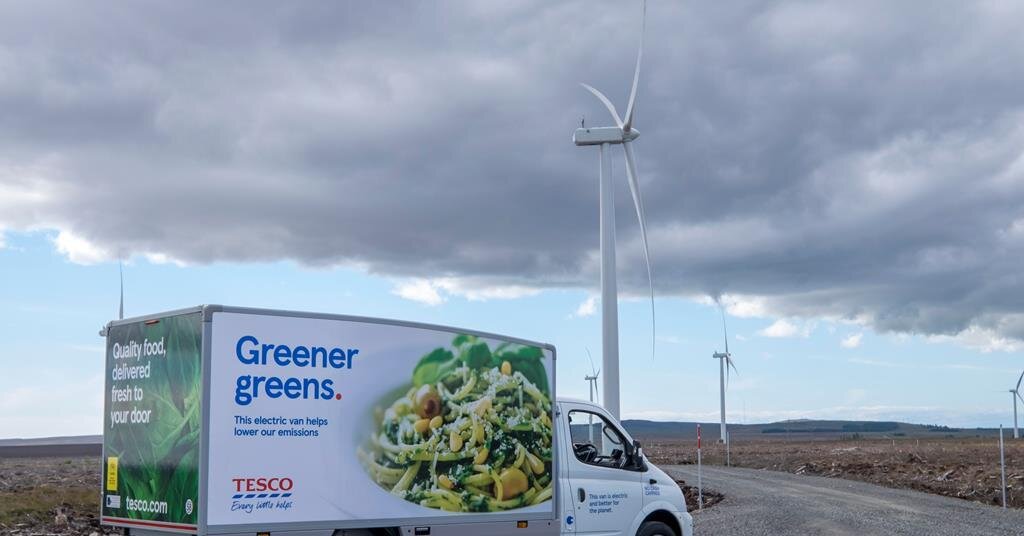
What does this mean for the retail supply chain?
Tesco committed earlier this month to net zero emissions across its full value chain by 2050. This covers all supply chains and the customer use of sold products, building on Tesco’s existing commitment to be net zero across its own operations by 2035.
Spearheading industry change
This is significant, because emissions from its supply chain represent 90% of Tesco’s total carbon footprint and decreasing these will be more challenging than decreasing the operational emissions. This also signifies new ground for the industry because Tesco is the largest supermarket chain in the UK, holding almost a third of the market (source).
This new commitment covers a wide area, from the sourcing of raw materials and food production, to food waste in consumers’ homes. Measuring this will require an unprecedented level of transparency, and achieving it will rely on an extraordinary level of collaboration.
Taking action
Tesco Group CEO Ken Murphy said; “We don’t yet have all the answers and we’ll need support from our suppliers and wider society to meet our targets, but it’s vital we take action now.”
As a first step, all suppliers received a letter last week asking for their support in the transition and urging them to follow suit. The letter was accompanied by an action plan requiring suppliers to deliver on three key points:
- Measure & disclose their emissions
- Establish a Net Zero ambition
- Set a Science-Based Target
Of the company’s major suppliers, 100 have so far cut their manufacturing emissions by 20%. But there’s more work to be done.
Continually raising the bar
Tesco set its first business-wide carbon reduction targets in 2006. Following the Paris Agreement in 2015, the supermarket chain found that although their long-term plans aligned with what was required of them to help keep global temperatures below 2°C, the short and medium term plans needed to do more. This led Tesco to set a Science-Based Target in 2017.
This is a respectable approach; making a start, evaluating whether it’s enough, then making adjustments. A number of our clients are Tesco suppliers and we are working with them to address these new targets. We are inspired by Tesco’s approach and we are supporting our clients to do the same.
At Seismic we regularly help companies to measure their emissions and set credible Science-Based Targets. Get in touch to find out how.

